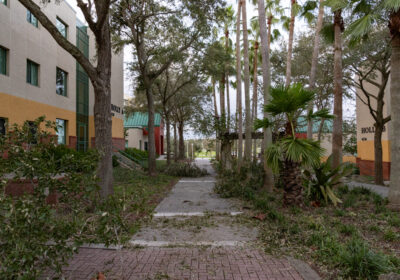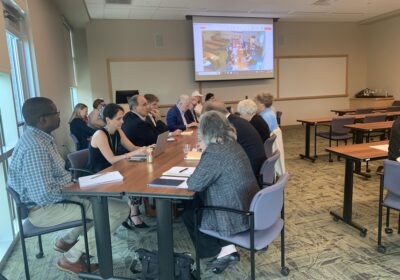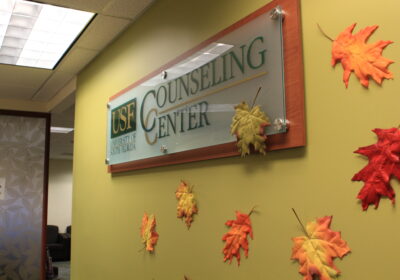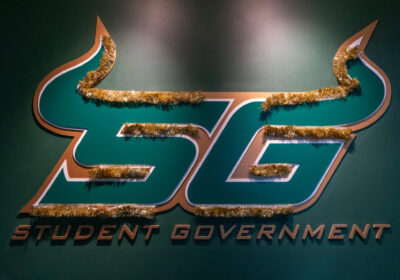Orientation returns in person for spring semester
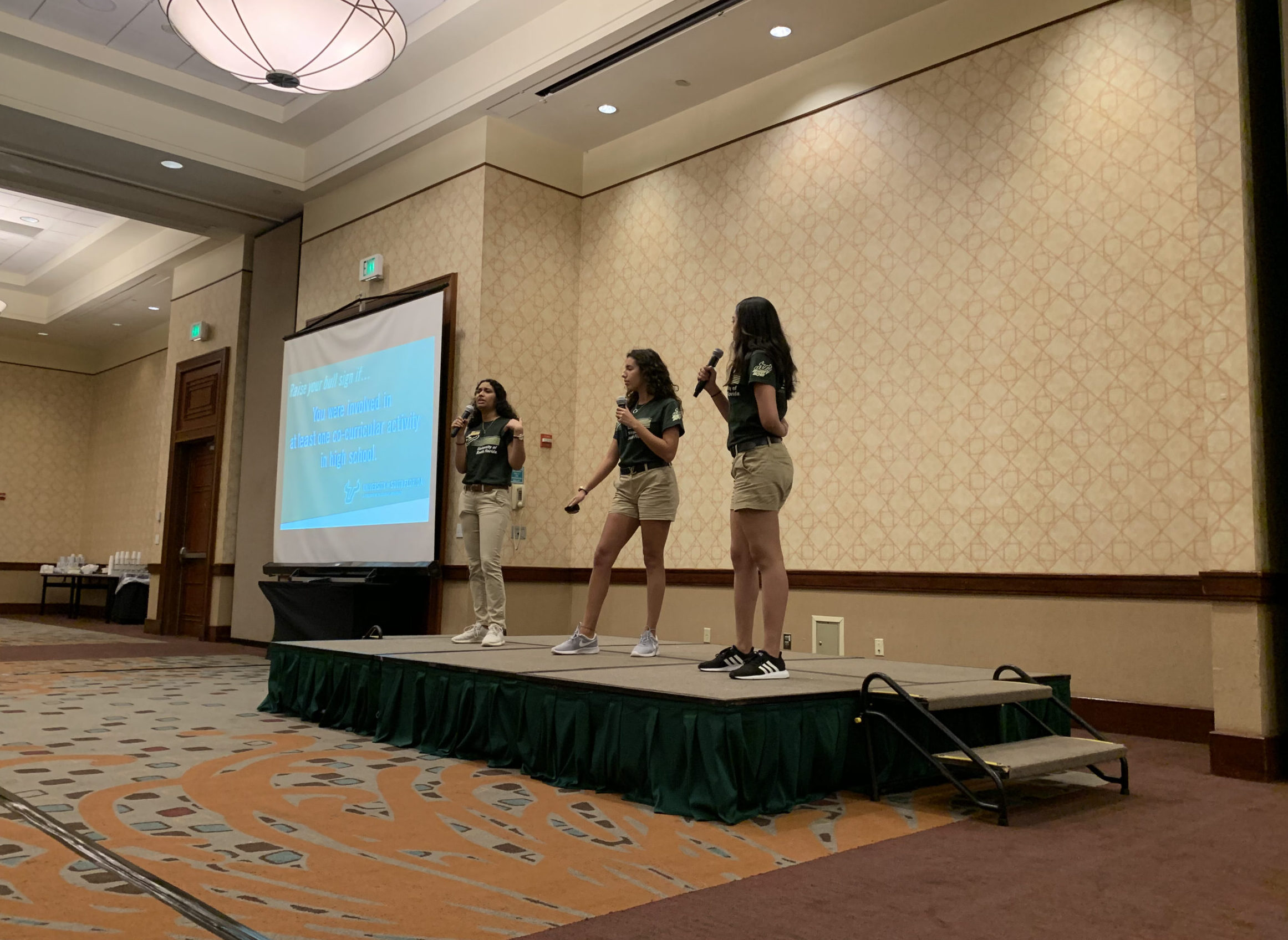
Orientation for incoming students has been held online since summer 2020 due to the pandemic, but the 2022 spring orientation is set to be back in person to introduce new students to university life on campus.
The spring orientation session will be held Jan. 7 from 9 a.m. to 4:45 p.m., with COVID-19 mitigation measurements, including mask-wearing and social distancing, in place following the guidance of public health committees. First-time-in-college and transfer students will be combined with the international demographic for a one-day orientation session.
Prior to arriving for the in-person orientation, students will be required to complete two online sessions, an asynchronous information module on Canvas and a live Microsoft Teams event. Registration for both the asynchronous and synchronous portion will open for students Oct. 19.
After completing the online sessions, domestic and international students will share the new one-day orientation experience at the cost of $35. This is a dramatically shorter orientation from previous years, with the domestic orientation formerly lasting two days and the international orientation lasting five to seven.
Director of Orientation Marnie Hauser explained the changes aim to keep the students and their families safe while hosting an informative introduction to the university.
“We are looking at all university protocols just like any other event that’s taking place,” said Hauser. “Of course, we have to think about COVID mitigation as part of this.”
Orientation before the pandemic included more engagement between students, shifting locations around campus and informative minigames at the price of $195. Having been limited to computer screens for orientation because of the virus, new students received their orientation via Canvas modules and video chats with orientation leaders for $35.
Now being acclimated with the pandemic and having mitigation measures in place, orientation implemented a hybrid approach of the two. Students are still expected to complete online prerequisites but do get to have an in-person welcome for the discounted $35.
Similar to the current campus rules surrounding masks, students will not be required to wear them during the session. Hauser said these protocols are susceptible to change given there are still a few months before the event and the pace at which recommendations surrounding the virus change.
Reduction of potential exposure to the virus is prioritized for all participants. The event will utilize large areas in the Marshall Student Center, including the ballroom, and avoid students from different orientation groups mixing.
Orientation leaders will still be assigned to groups of students. They have been trained to catalyze and facilitate safe student mingling and discussion despite the obstacles through engaging conversations and friendly icebreakers, according to Hauser.
Activities during orientation will look reminiscent of years prior, including tours, a university resource fair and the chance to get advice from academic advisers. After students are dismissed from their scheduled activities, they will also have the opportunity to complete more personal matters, such as talking to financial aid or getting their student ID.
The status surrounding summer orientation is still in question, according to Hauser. The orientation committee has a few plans in mind that are awaiting approval, which is largely dependent on the threat of COVID-19 at the time.
Precautions are not only for students, but also for their families, Hauser said. She added the needs of family members are prioritized just as much as those of the students. Hauser mentioned that parents and family members can join their students in orientation for an additional $35.
“It’s really important that we continue to consider what their role is, as their students are transitioning and being supportive of their needs,” Hauser said. “We work very closely with The Offices of Parent and Family Engagement and New Student Connections.”
These offices provide programs such as coaching that encourage a smoother transition for both the family and student, according to Hauser. The programs extend their aid beyond the transition, providing advice to families on how to support their students in their collegiate lifestyle.
Despite the challenges in-person orientation offers, Hauser believes that this opportunity to become familiarized with the campus is in the students’ best interest.
“I think that’s really what our students want is opportunity and options,” Hauser said. “They know that they’re required to do it, and that’s OK. It’s just how do we make it fit their needs?”

